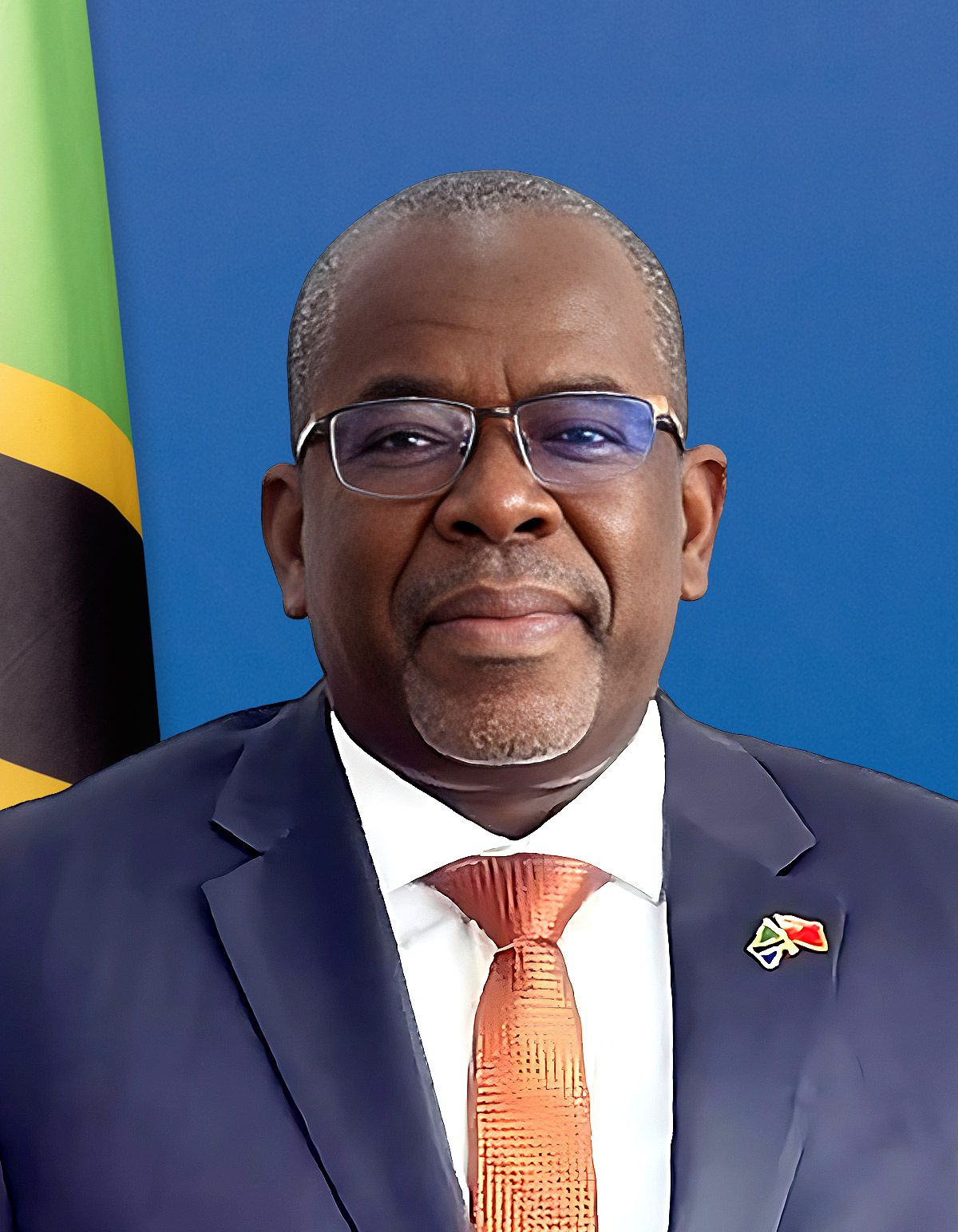South Africa Sets New 3% Inflation Target With ±1% Band to Strengthen Policy Credibility


Quidah is an online platform that connects investors with curated opportunities and expert insights on Africa’s emerging markets, while offering businesses promotional services, partnership facilitation, and market intelligence to attract capital and grow their operations.
Industries
South Africa has tightened its inflation framework, replacing the previous 3–6% range with a 3% point target and a ±1% tolerance band, marking a structural shift toward firmer nominal anchors and potentially lower long-term funding costs. The adjustment, unveiled in the mid-year budget review, aims to bring inflation expectations closer to global norms and support a lower neutral interest rate over time.
Finance Minister Enoch Godongwana confirmed that the new target will be phased in over two years, giving monetary authorities, wage negotiators, and price-setters time to adjust. Treasury and the South African Reserve Bank emphasized that the ±1% band is intended to absorb unexpected inflation shocks without undermining credibility during the transition. Governor Lesetja Kganyago has long argued that the old range lacked competitiveness compared to international peers, and the new framework formalizes the bank’s strategic focus on the lower end.
Standard Chartered economist Razia Khan said the reform deepens the policy agenda and could allow the central bank to consider rate cuts at the next meeting if inflation expectations continue easing. Officials cautioned, however, that the transition will require careful management to avoid slowing fiscal consolidation, with short-term trade-offs for growth and revenue. Markets reacted positively: the rand strengthened against the US dollar and long-dated bonds, including the 2046 issue, posted gains.
Treasury now projects a consolidated budget deficit of 4.7% of GDP for the current fiscal year, slightly improved from the 4.8% forecast in May. Public debt is expected to stabilize at 77.9% of GDP, marginally above the earlier estimate of 77.4%, reflecting revised growth and financing assumptions. Economic growth forecasts were trimmed to 1.2% for 2025 and 1.5% for 2026, citing persistent structural and cyclical barriers.
A lower point target strengthens the economy’s nominal anchor and can reduce inflation risk premia, weaken indexation pressures in wage bargaining, and gradually pull down South Africa’s equilibrium interest rate. While policy may need to stay restrictive during the transition, lower long-term inflation should support improved real rates, investment conditions, and cheaper funding for both government and corporates. The market rally indicates rising confidence in the policy path and expectations of earlier easing once inflation converges near 3%.
For investors, the shift supports a medium-term bullish view on duration in local-currency bonds, though credit selection remains important given growth risks. For businesses, a firmer inflation anchor may reduce volatility in input costs and borrowing rates, even if pricing flexibility tightens. For the sovereign, consistent progress on fiscal targets will be essential to convert improved inflation dynamics into structurally lower funding costs.
South Africa’s move to a 3% target modernizes its inflation regime and signals a commitment to disinflation that could lower the cost of capital over time, provided fiscal consolidation stays on track. Market reaction suggests early credibility gains, but sustaining them will depend on growth execution and maintaining anchored expectations throughout the two-year transition.


